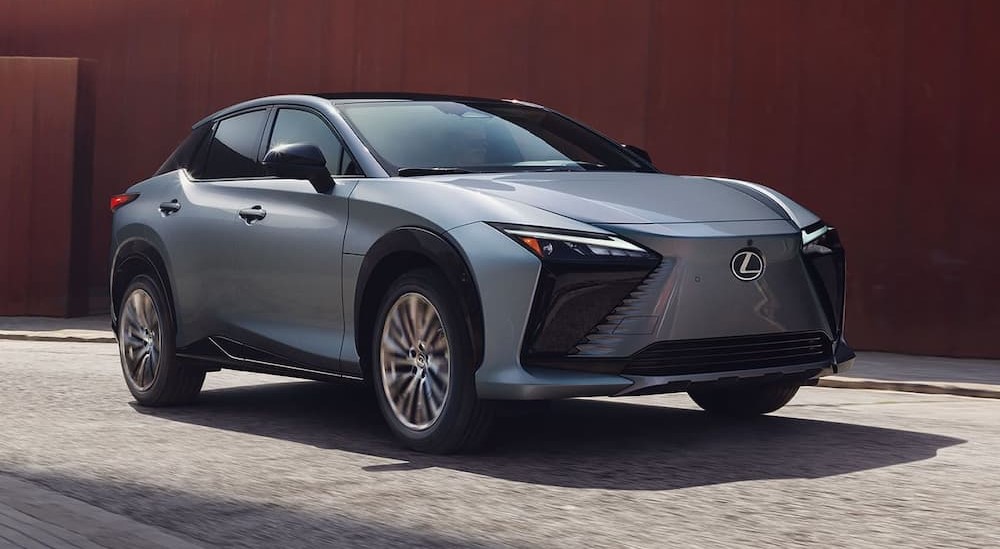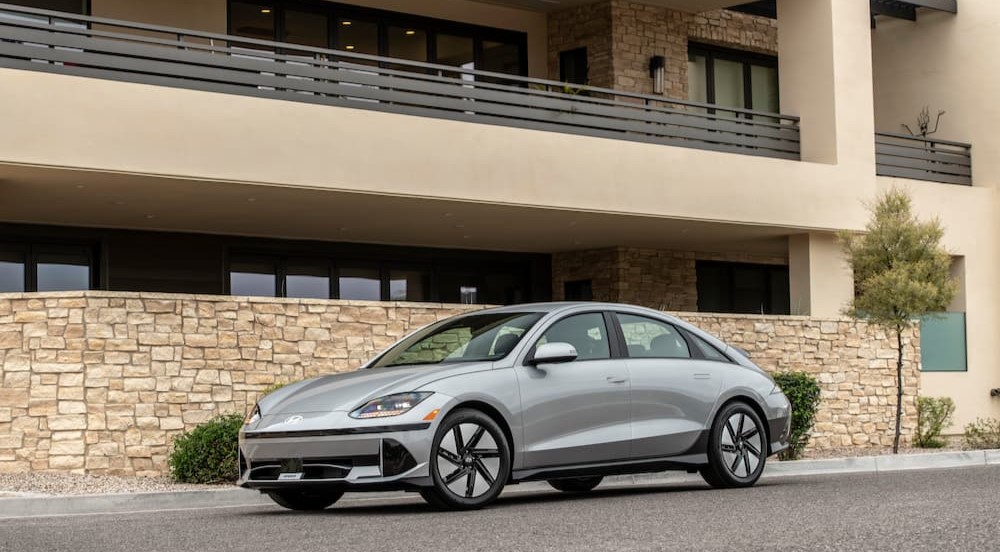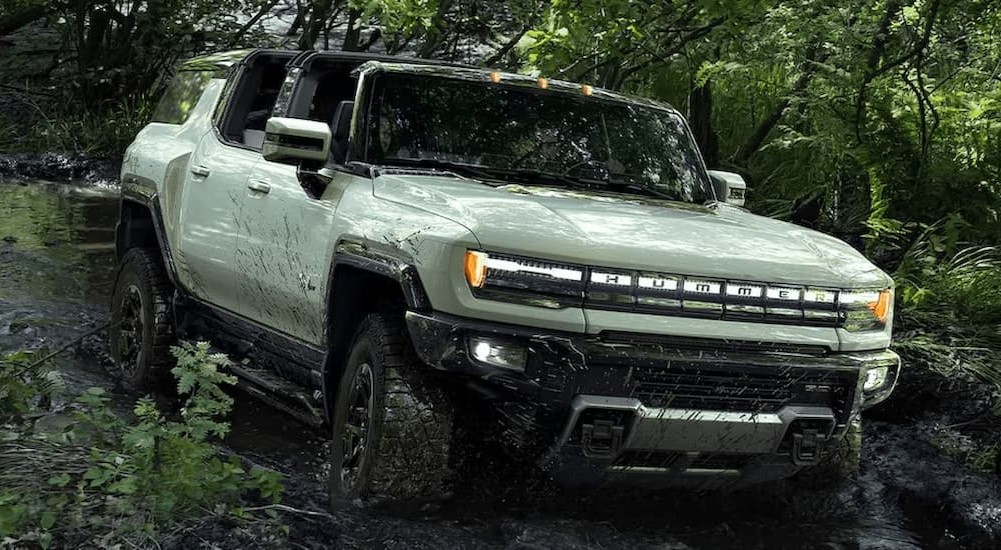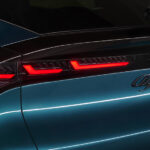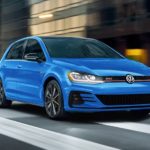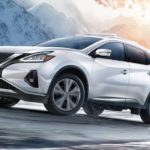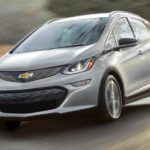The automotive world continues to drive headlong into the world of electric vehicles. Although the growth rate has slowed a bit in the last year, the EV market share continues to grow. In 2023, about 25% of all new cars sold globally were EVs, with individual countries reaching as high as 90%. As such, more and more automakers are dedicating resources to EV development, from unveiling everything from new vehicle platforms to new battery supply contracts to new EV brands and nameplates.
But what vehicles—and what brands and automakers, for that matter—are in it for the long haul? Not every EV is going to last, just like not every internal combustion engine (ICE) vehicle does. Just look at the spectacular flop that was the Ford Edsel or GM discontinuing venerable brands like Oldsmobile, Pontiac, and Saturn. In this EV roundup, I’ll look at some of the recent EV developments and try to answer the question of what new EV brands and model names will be around in the years to come.
A Rapidly Changing EV Landscape
New EV nameplates are popping up left and right. The U.S. Energy Information Administration notes that in 2023, manufacturers introduced 20 new light-duty EV models to customers. That gave car buyers 70 total EV options out of the available 459 light-duty models. Those new options included the BMW i5, Hyundai IONIQ 6, Lexus RZ, and Cadillac LYRIQ—and since the numbers only mentioned light-duty vehicles, that doesn’t include beasts like the GMC Hummer EV.
Plenty more EVs are on the way, and nearly every automaker has announced a timeline of when they plan to go all-EV. This sounds like a lot of upheaval, but the reality is that such change is normal when it comes to vehicles. From 2000 to 2021, an average of 40 new car models were brought to the American market every year. This could swing higher soon; driven in part by EVs, projections are that as many as 65 new models could come along in 2025 alone. But the point is that new cars are nothing new. In this respect, the EV market isn’t all that different from the ICE market.
When One Arrives, Another Departs
Of course, there’s a reason there aren’t a million nameplates for car buyers to choose from. Manufacturers drop models as fast as they add them. Some 27 major car models were discontinued for 2022, and another 20 models bit the dust in 2023. Reasons for why a car model is discontinued can include poor sales, the technology and aesthetics falling out of date, shifting consumer demands, and the vehicle being too much like a newer model. You might even see a famous model put on hiatus, such as when Chevrolet parked the Camaro in 2002 only to bring it back in 2010 (and then send it to the scrapyard again in 2024).
We’ve already seen this happen plenty in the EV world. Honda pulled the plug on its Clarity EV in 2019, then dropped the PHEV and FCV versions two years later. However, they were considered experimental vehicles to begin with. Hyundai discontinued its original Ioniq Electric in 2021, and Polestar did the same to the Polestar 1. Even Tesla discontinued its original Roadster model.
Then, in the most shocking case of all, GM announced it would end production on the Chevy Bolt EV in 2023. Despite a rocky history that included recalls due to battery fires, the Bolt EV had just hit a quarterly sales record when the announcement was made. Recognizing the error, GM soon changed the discontinuation to a temporary break, unveiling plans to bring the Bolt EV back in 2025 with an improved Ultium battery and other updated tech.
Will Unique EV Branding Survive?
There’s one other recent move that bears a separate discussion. Mercedes-Benz said in early 2023 that, although it was continuing to expand electric car production, it would eventually drop the Mercedes-EQ branding and instead use the automaker’s regular name structure. The reasoning Mercedes gave was that, with the end of its combustion-powered cars on the horizon, it no longer needed separate EV badging.
This brings up the question of not just which vehicles will last but which special EV brands will. It makes sense that a company would want as much association as possible with its established badges. After all, when Jeep unveiled the Recon EV, it went out of its way to note that it was inspired by the famous Wrangler—though it kept the naming separate to leave the door open for an actual Wrangler EV. Other companies have attached their most famous badges to EVs from the get-go, like Ford with the F-150 Lightning and GM with the Hummer EV.
On the other hand, EVs can be seen as an opportunity to develop a new brand identity. Some automakers have attempted this to varying degrees of success—often in the form of special prefixes, like Mercedes with EQ and BMW with i. There have been companies ending model names with IQ (Cadillac LYRIQ and Hyundai IONIQ) or simply adding a number to EV, like the Kia EV3 and EV6. And then there’s when companies come up with something new altogether, such as Volvo spinning up the Polestar brand based on the Swedish word for “North Star.”
Whether to create a distinct sub-brand or piggyback on a proven existing brand is a tale as old as time. Sometimes, a company can change its mind midstream. A great non-automotive example of this is how Mars Inc. marketed the Snickers candy bar as the Marathon Bar in the United Kingdom for decades before finally switching it back to Snickers. Rebranding also happens frequently with automobiles, such as when the Kia Optima was recently rebranded as the Kia K5. It’s one more factor in the discussion of which automotive brands and models will survive the EV transition.
What Happens When Every Auto Manufacturer Is All Electric?
Now that we’ve looked at the current landscape, here’s my prediction about what’s to come. When it comes to EV brands and models, things will most likely play out much the way they have for decades with ICE cars, trucks, and SUVs. Some nameplates that have established footholds in the EV market will stay. Look for recognizable names like the Audi e-tron and top sellers like the Volkswagen ID to stick around due to their strong connection to customers. Others will be rebranded or ditched altogether—likely the vehicles that have the worst sales or have the least distinct identity. For example, sticking a bZ on the end of a Toyota model name will be redundant when every vehicle is all-electric.
It’s not a daring prediction, but it seems the most realistic based on automotive history and trends. Brands and models come and go all the time, and even options that have been around for decades can suddenly disappear—witness the legendary Cadillac DeVille and Eldorado, two models that each spent nearly half a century in production before getting the ax. With automobiles, the only sure thing is change, and it will be fascinating to see how EV branding plays out.
